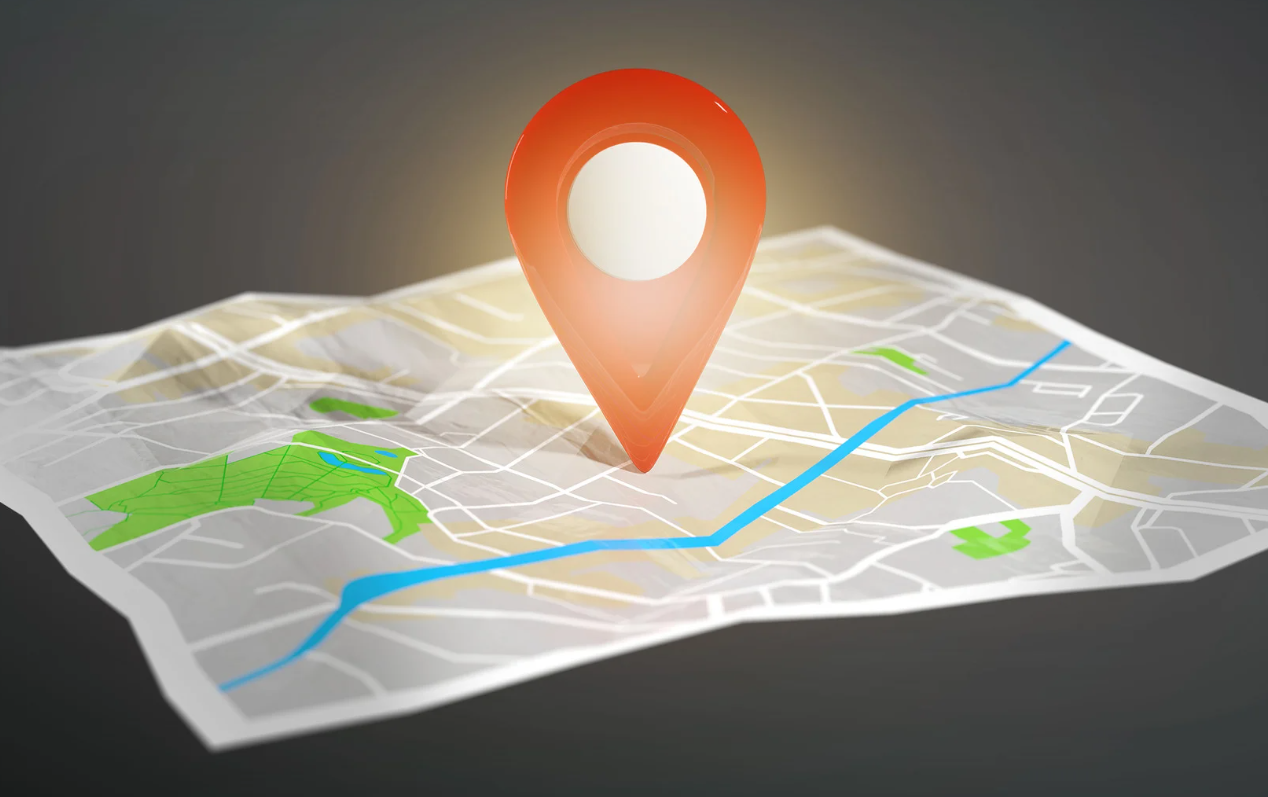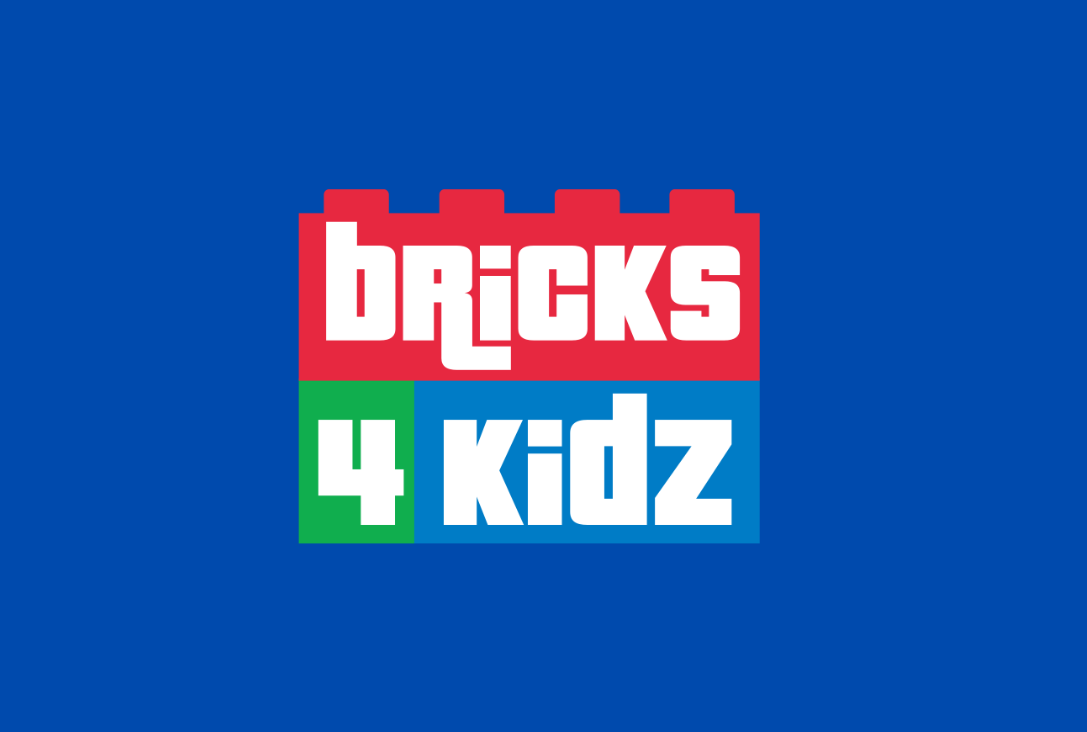Opening a franchise business can be a great way to step into entrepreneurship, leveraging the established brand and proven business model of an existing company. However, the location of your franchise plays a crucial role in determining its success. A poor location can limit foot traffic, reduce visibility, and even lead to low sales, while a strategic location can propel your business to new heights. In this article, we will explore the key factors to consider when choosing the right franchise location.
1. Demographic Analysis
One of the most important considerations when choosing a franchise location is understanding the demographics of the area. Different franchises cater to different customer bases, and the success of your business will depend heavily on how well your target audience aligns with the local population.
To begin, you need to research the age, income, and lifestyle preferences of people in the area. For example, if you’re opening a fitness franchise, the neighborhood should have a significant number of health-conscious individuals or families with disposable income who are interested in investing in fitness services. Similarly, if you’re opening a fast-food franchise, you may want to target areas with younger demographics or families looking for affordable dining options.
Tools such as census data, surveys, and local government reports can provide insight into the area’s population characteristics. You can also use customer data and insights from the franchise brand itself to gauge whether the location fits the ideal profile for your business.
2. Foot Traffic and Visibility
Location visibility is key to attracting customers. High foot traffic translates to more potential customers, which is especially important for businesses that rely on walk-ins. Choosing a spot with ample foot traffic, whether it’s in a busy shopping mall, a commercial district, or near a college campus, can be highly beneficial.
Assessing the visibility of the franchise from major roads or pedestrian areas is essential. If customers can’t easily see or find your location, it may not matter how good your products or services are. Make sure the area has good signage opportunities to increase brand visibility. Also, consider the proximity to major landmarks or highways. Locations near public transportation hubs or in heavily trafficked shopping centers tend to offer a steady flow of potential customers.
3. Competition and Market Saturation
Before committing to a location, it’s vital to evaluate the level of competition in the area. While being close to competitors might work in some cases, too much competition can make it difficult to stand out. Assess the density of other businesses within the same industry in the area to determine whether there is enough demand to support multiple businesses offering similar services.
Some areas might be oversaturated with certain types of franchises, while other locations might have an underserved market. Researching competitors and their market share can provide critical insight into whether the area will support another franchise of your kind. In some cases, choosing a location far enough away from competitors can allow your franchise to capture new customers without direct rivalry.
4. Accessibility and Parking
A location that is easily accessible will attract more customers. This includes convenient access for both pedestrians and drivers. A franchise situated in an area with multiple entry points or close to major intersections will generally have better access than one tucked away in a hard-to-find corner.
Adequate parking is another crucial factor. For franchises that rely on customers driving to their location, easy and ample parking can significantly enhance customer experience. Lack of parking space or difficult access to parking can deter potential customers from even attempting to visit your store.
For franchises operating in urban areas, proximity to public transport is also a consideration. You should look for locations near bus stops, train stations, or other transportation hubs to ensure ease of access for those who rely on public transit.
5. Cost of Rent and Lease Terms
While it’s tempting to select a high-traffic area with great visibility, rental costs in prime locations can be very high. The cost of rent will have a significant impact on your bottom line, especially in the early stages of your business. It’s important to evaluate the long-term financial sustainability of renting a space in a particular area.
Negotiate the lease terms carefully to ensure you have the flexibility to grow or relocate if necessary. Pay attention to factors such as the lease duration, renewal clauses, rent increases, and potential restrictions on renovations or business operations. Factor in hidden costs, such as utilities, property taxes, and maintenance fees, when calculating the total cost of renting the space.
6. Zoning Laws and Regulations
Different areas have different zoning laws that dictate what types of businesses can operate in certain locations. Zoning laws can impact whether your chosen franchise is even allowed to operate in a particular area. Before making a final decision on a location, check with local government authorities to ensure that the zoning laws are in your favor and there are no restrictions that might limit your business activities.
Additionally, be aware of any regulations or permits required to operate your franchise, such as signage restrictions, business hours, or health and safety requirements. Adhering to local regulations is essential for avoiding fines and maintaining a good relationship with the local community.
7. Economic and Local Business Climate
The overall economic health of the area should also influence your decision. If the local economy is struggling or experiencing a downturn, people may have less disposable income to spend on your products or services. Conversely, a growing and vibrant economy with strong local businesses can offer a thriving environment for your franchise.
Understanding the local business climate, including trends in employment, business growth, and consumer spending, can help you make an informed decision. Additionally, you should research the area’s long-term prospects. If the area is undergoing redevelopment or urban renewal, it might be a good time to establish a business there before the area becomes more desirable.
8. Community and Brand Fit
Lastly, consider how well the franchise aligns with the community you are looking to serve. A successful franchise location is one that resonates with local values, culture, and preferences. Building relationships with the community, participating in local events, and promoting social responsibility can help your franchise become an integral part of the neighborhood.
Choose a location that reflects the values of the franchise and appeals to the needs of the community. Some franchises, for instance, may thrive in family-oriented areas, while others may perform better in business districts or trendy urban environments.
Conclusion
Selecting the right location for your franchise is a multifaceted decision that requires careful consideration of a wide range of factors. Demographics, visibility, competition, and accessibility are just a few of the many elements that should guide your decision-making process. By thoroughly researching the area and aligning your location with both your franchise’s needs and the community’s preferences, you can set your business up for long-term success.









